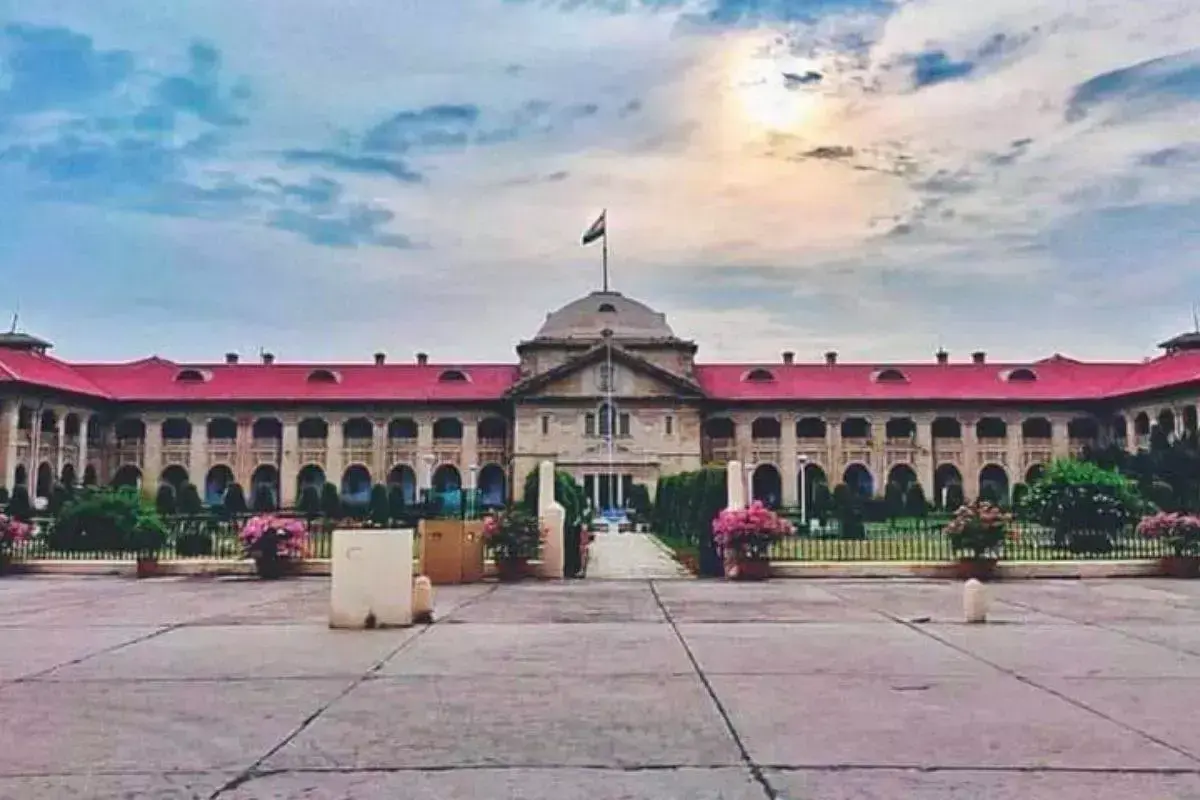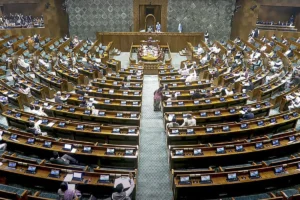
The Allahabad High Court has taken a stern approach regarding the accumulation of seized vehicles outside police stations, demanding immediate action to address the issue. The court’s move highlights a serious disregard for Supreme Court guidelines on releasing seized vehicles by police and government departments.
Moreover, in response to this issue, the High Court has directed several key officials—including the Chief Secretary, Additional Chief Secretary Home, Director General of Police (DGP), and Principal Secretary of Transport—to submit suggestions for reducing the number of vehicles cluttering police stations. The next court hearing is scheduled for September 18.
Justice Vinod Diwakar further issued the directive while reviewing a revision petition filed by Birendra Singh, who sought the release of a vehicle seized in a case related to illegal liquor recovery in Aligarh. However, the district court had initially denied the release, but the High Court overturned that decision and instructed the lower court to reconsider the application.
Contribute To Overcrowded And Deteriorating Situation
The court further noted that a significant number of vehicles remain in poor condition outside police stations throughout the state. These vehicles, seized under various laws including the Narcotic Drugs and Psychotropic Substances Act (NDPS Act), UP Gangsters and Anti-Social Activities (Prevention) Act, UP Cow Slaughter Prevention Act, UP Excise Act, Mines and Minerals Act, and Motor Vehicles Act, contribute to an overcrowded and deteriorating situation.
However, the court emphasized that the Supreme Court had established a procedure for the release of seized vehicles in the Sundarbhai Ambalal Desai vs. State of Gujarat case. It instructed all District Judges to convene meetings with subordinate judges to gather suggestions on addressing the shortcomings and irregularities in vehicle seizure and release processes.
The court has also asked District Judges to consult with District Magistrates and District Police Chiefs to include their feedback in a comprehensive report. Additionally, the court has requested the Chief Secretary to explore the possibility of developing a web portal with the help of the National Informatics Centre (NIC) to streamline the uploading and management of seized vehicle details.
The court identified several reasons contributing to vehicles becoming scrap, including:
1. Owners not filing release applications.
2. Courts rejecting release applications.
3. Owners lacking sufficient funds for bail bonds.
4. Vehicles being retained as evidence in ongoing trials.
5. Bureaucratic inefficiency and lack of streamlined processes for auctioning, scrapping, or disposing of vehicles.
6. Rusting and deterioration due to adverse weather conditions.
7. Neglectful attitudes or oversight by police administration.
The court’s actions aim to address these issues and improve the management of seized vehicles.
To read more such news, download Bharat Express news apps





















